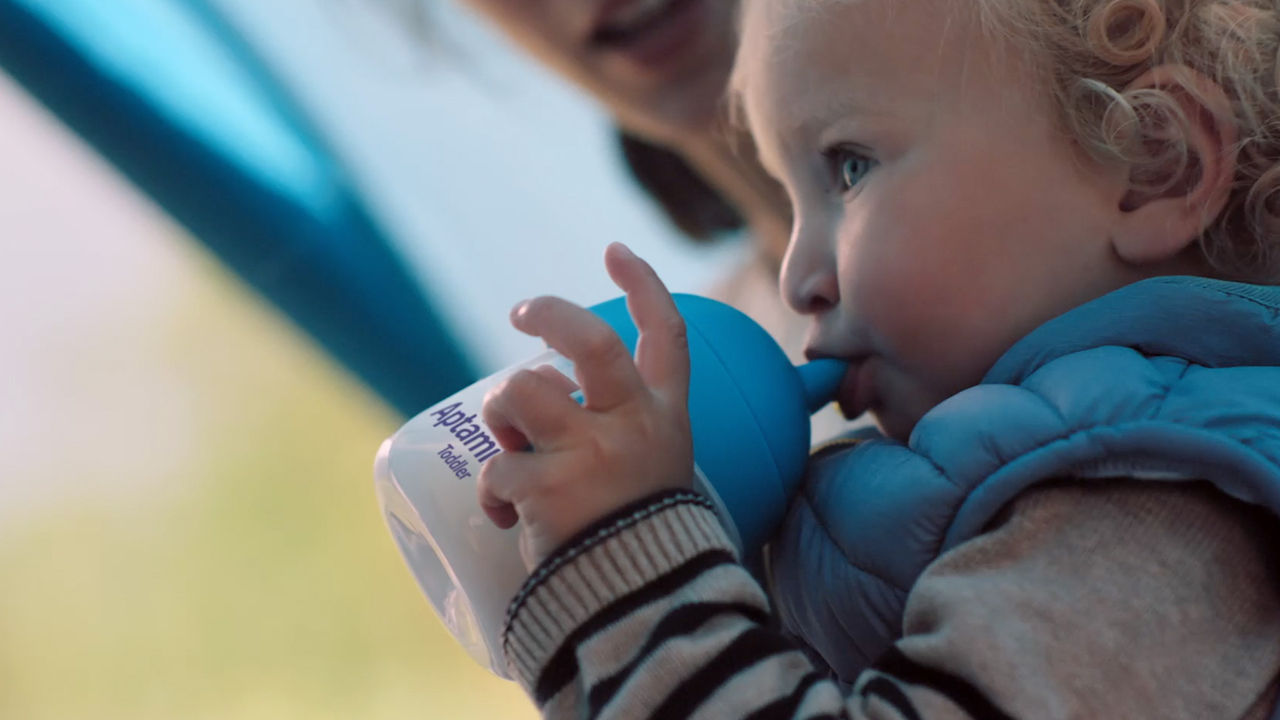One of the most common causes of food allergy
Cows’ milk is one of the most common causes of food allergy in children, occurring when a child’s immune system reacts to the protein in milk.
Cows’ milk allergy can persist until 3 to 5 years of age, when it usually resolves on its own. Until this time, the only way to manage cows’ milk allergy involves removing cows’ milk and other dairy products from the diet.
How can you tell if your child has cows’ milk allergy?
The majority of children with cows’ milk allergy experience 2 or more symptoms, which commonly include:
Skin symptoms: skin symptoms occur in up to 90% of children with cows’ milk allergy. Common skin symptoms include itching, redness, raised skin, itchy rash, and swelling.
Gastrointestinal symptoms: gastrointestinal symptoms occur in up to 60% of children with cows’ milk allergy. Common gastrointestinal symptoms include vomiting, diarrhoea, constipation, food aversion or refusal, and abdominal pain.
Respiratory symptoms: respiratory symptoms occur in up to 30% of children with cows’ milk allergy. Common respiratory symptoms include a runny nose, wheezing, coughing, and sneezing.
Symptoms usually appear between 15 minutes and 2 hours after exposure to cows’ milk or other dairy products. In a small number of cases, symptoms may not appear until several days later.
If you think your child may have an allergy to cows’ milk, you should see your doctor. Your doctor will advise whether they think your child’s symptoms may be related to cows’ milk allergy, and may perform allergy tests (e.g. skin prick tests or blood tests). They may also give you a referral to see a specialist, and/or recommend you see a dietitian for further advice.
How is cows’ milk allergy managed?
Management of cows’ milk allergy involves removal of cows’ milk and other dairy products from your child’s diet, unless otherwise recommended by your doctor. It is a good idea to seek advice from a healthcare professional about the best way to do this, to ensure that children are not at risk of nutritional deficiencies associated with a restrictive diet.
Working together with your healthcare team, you can select appropriate cows’ milk substitutions to ensure your child’s adequate growth and development, plus sufficient intake of calcium.





